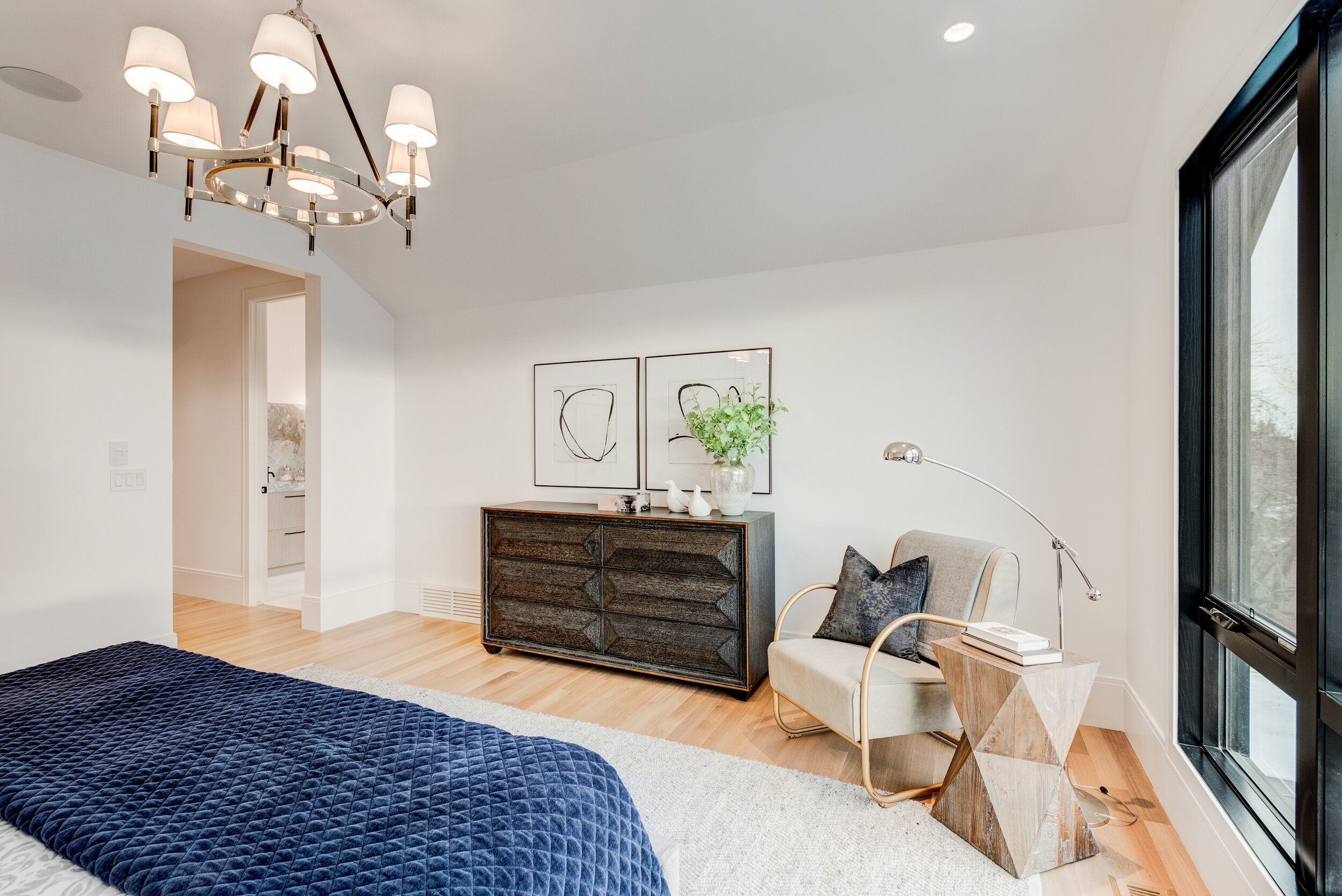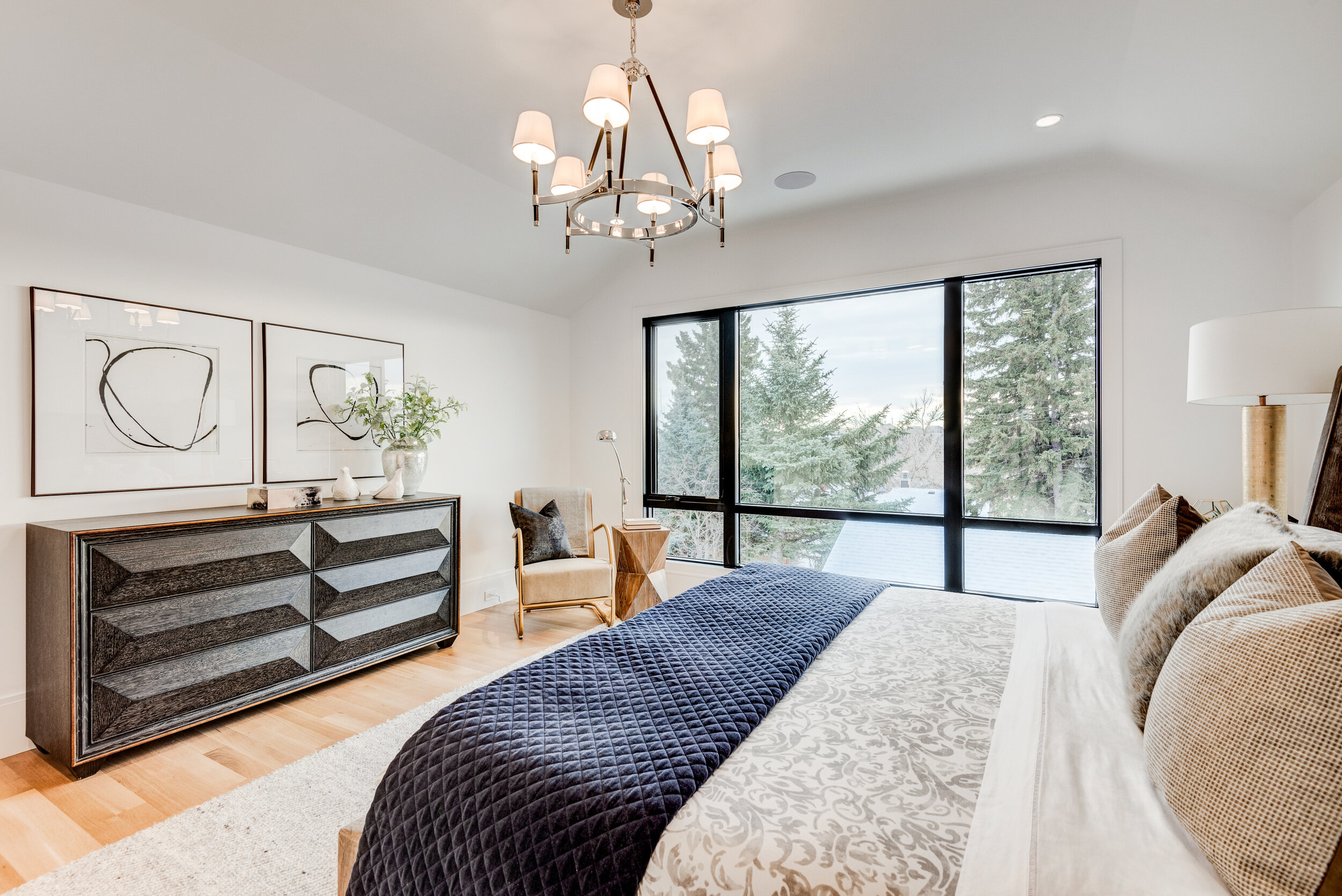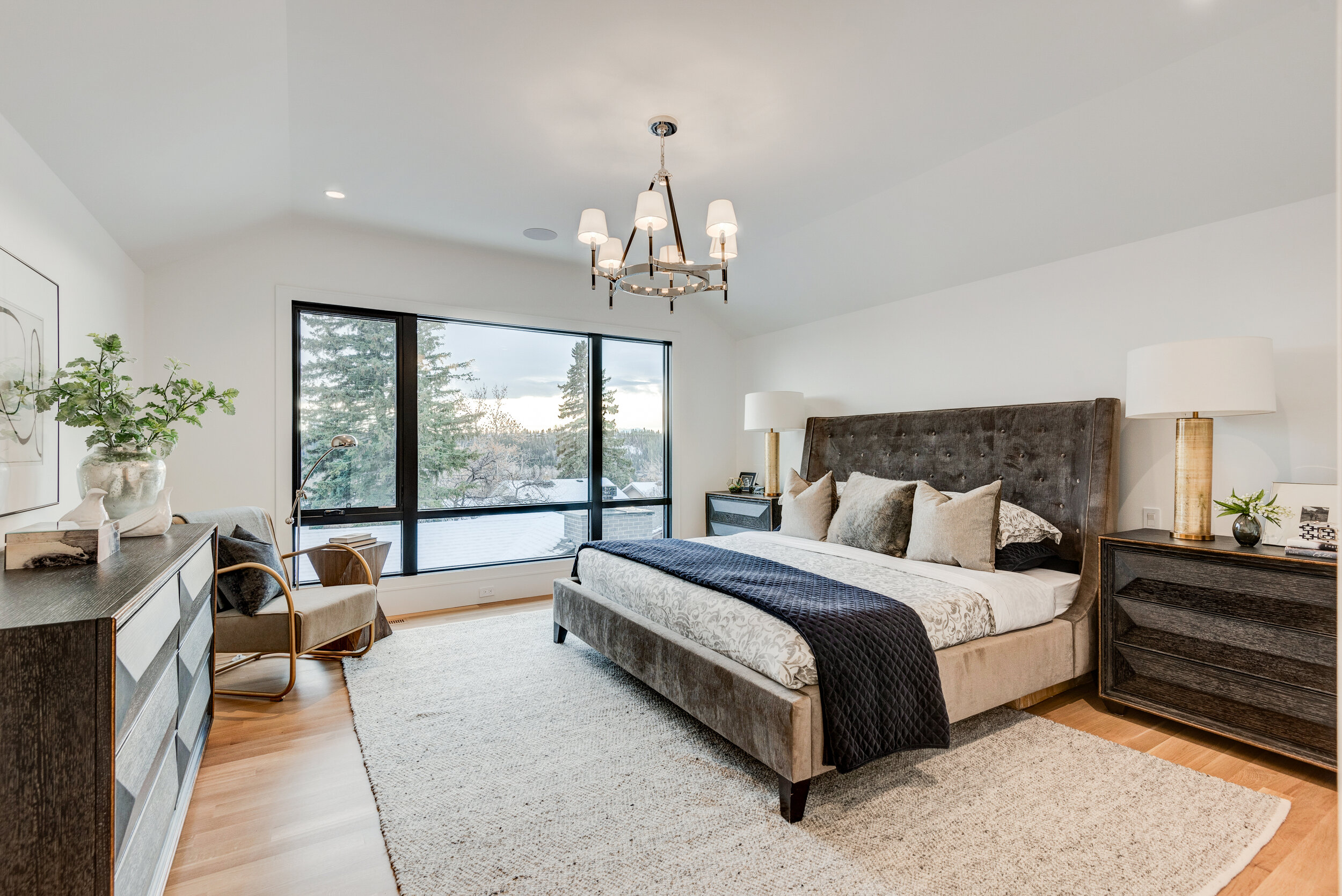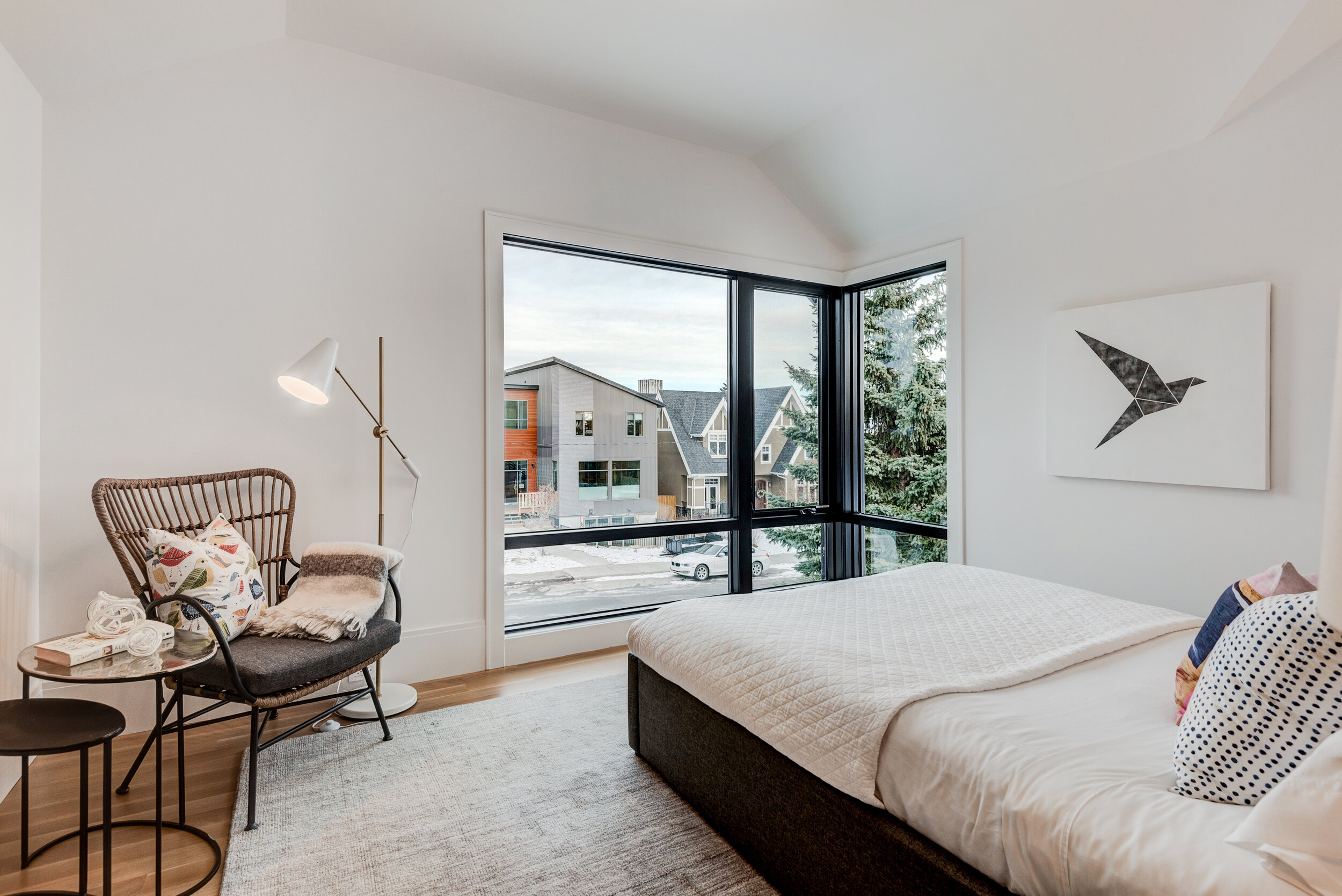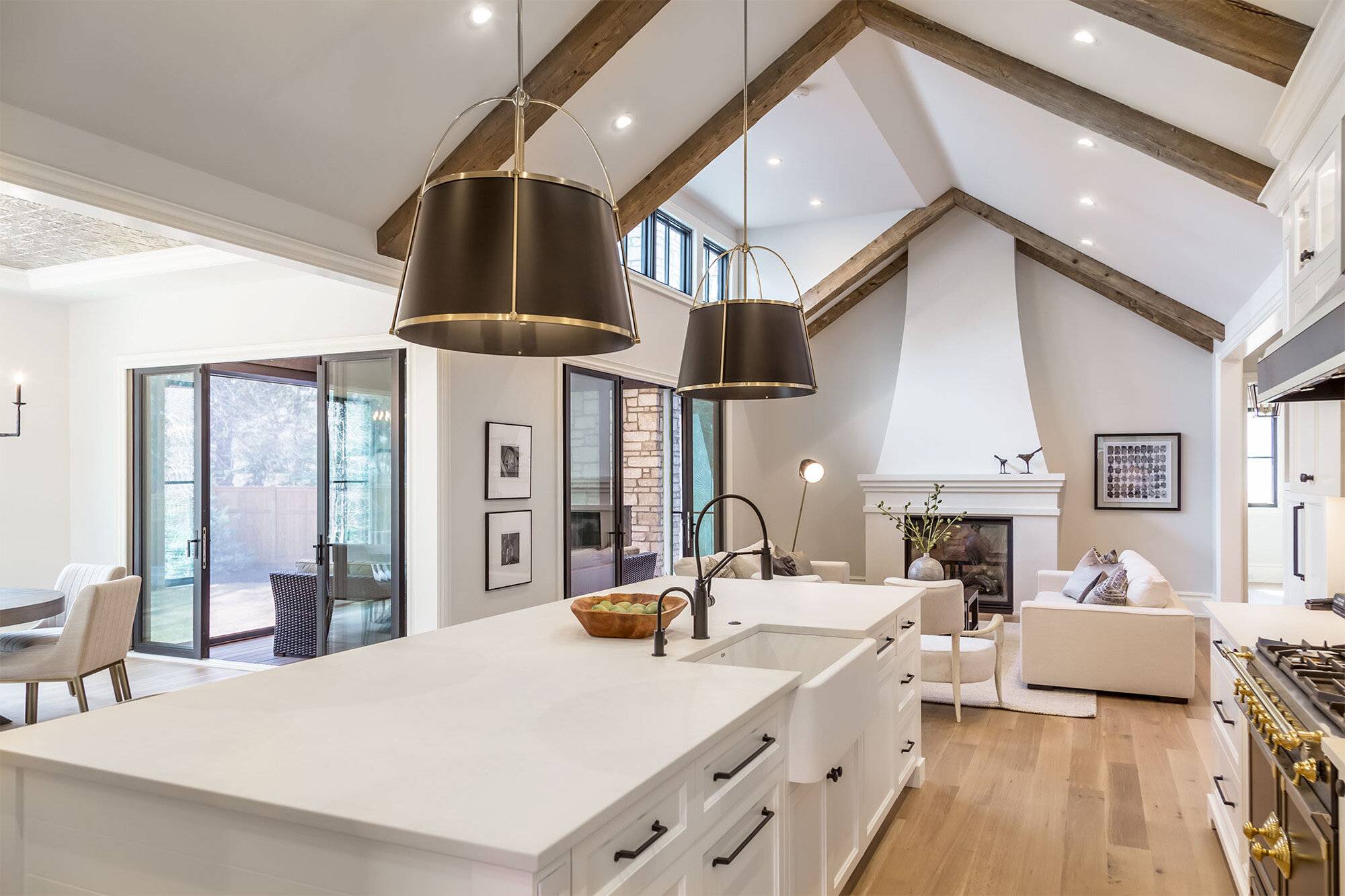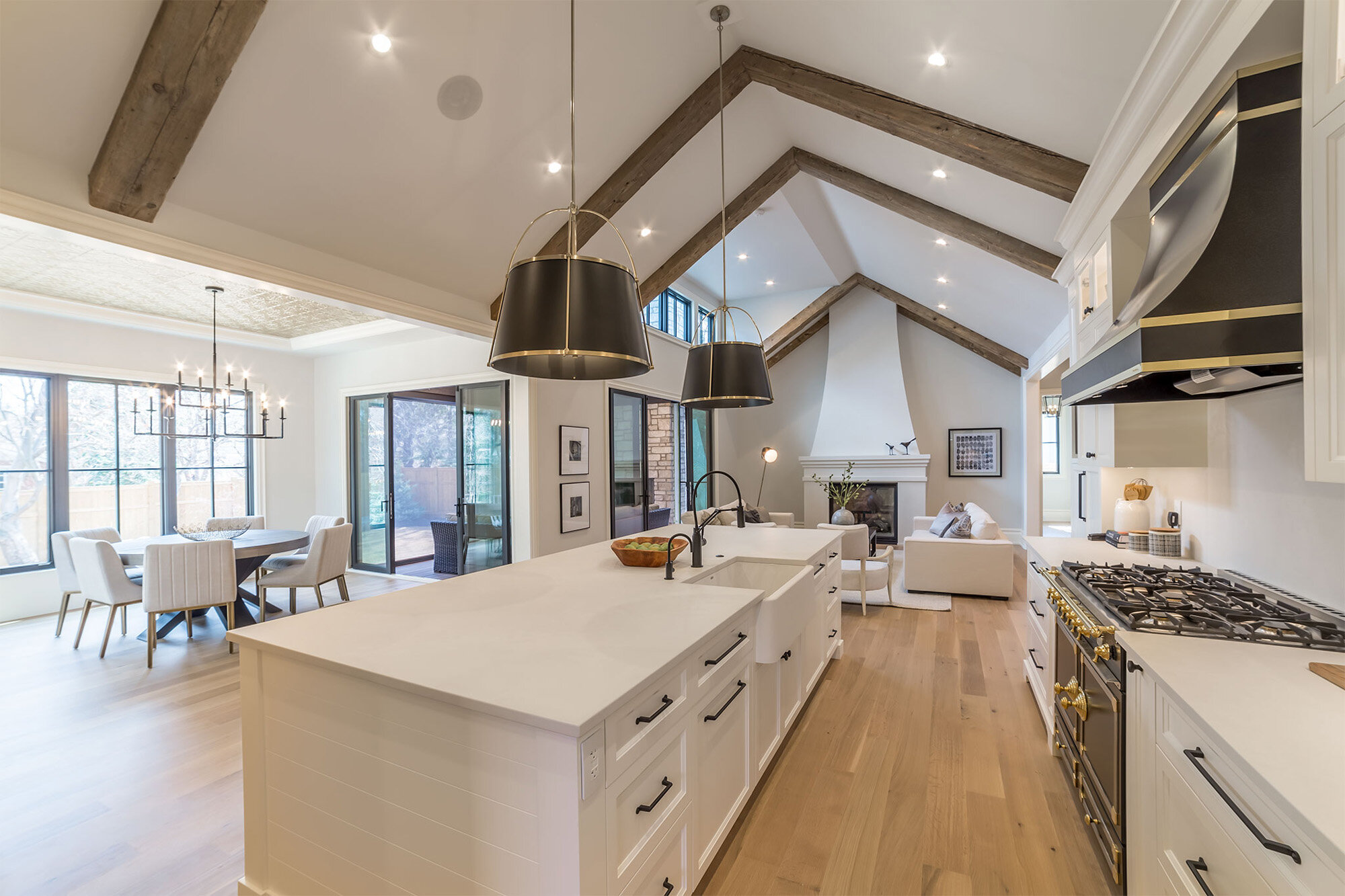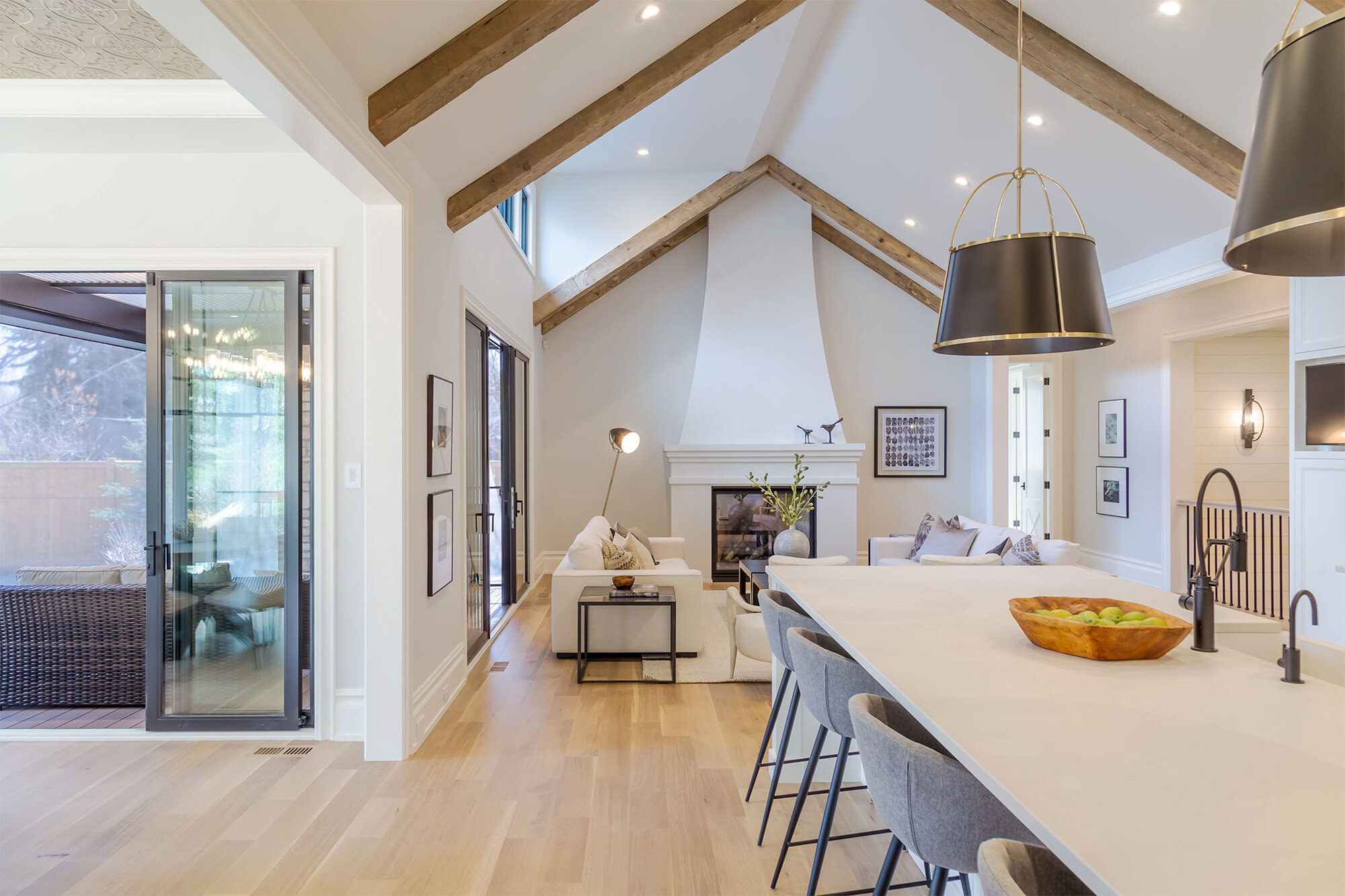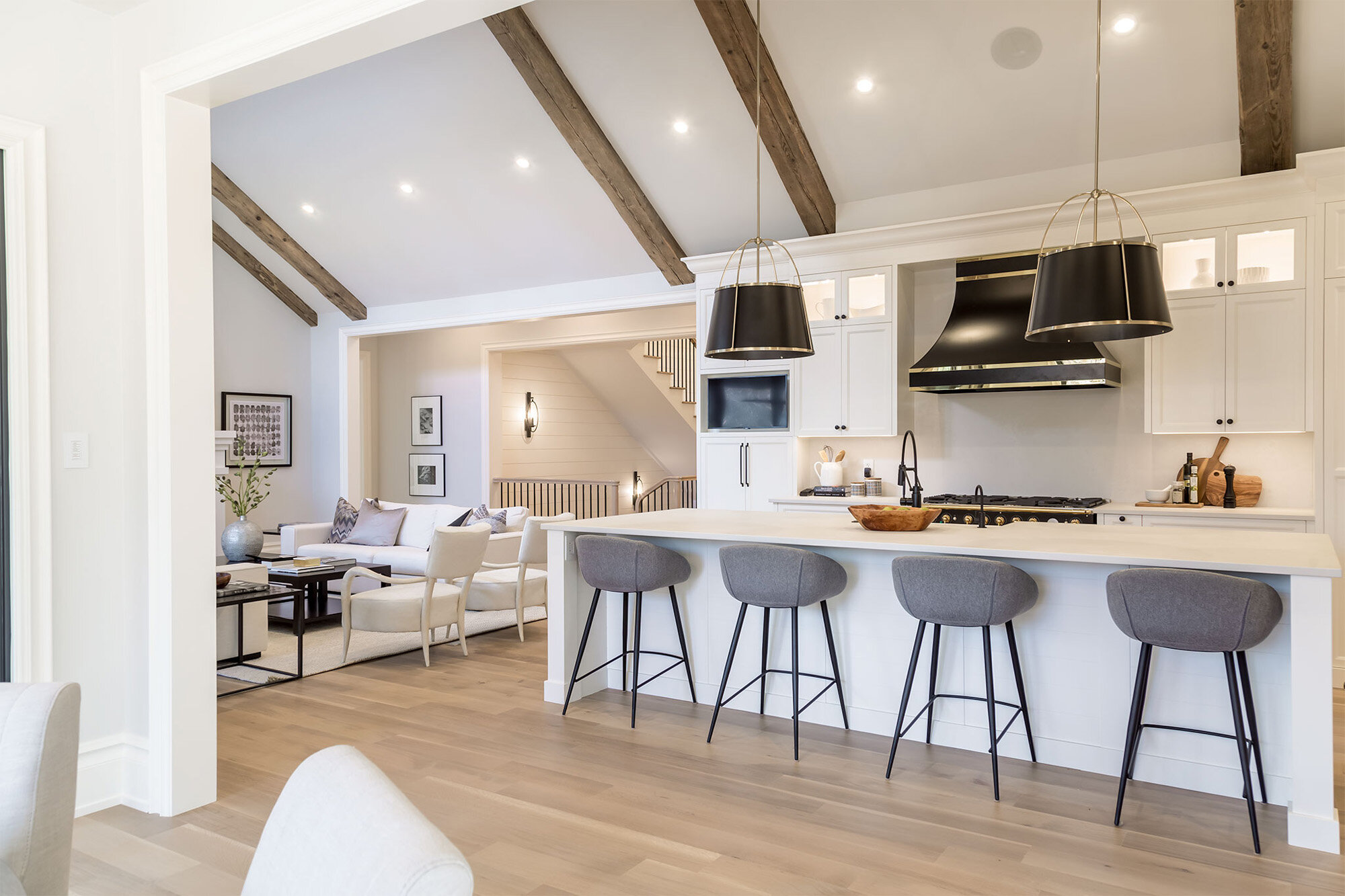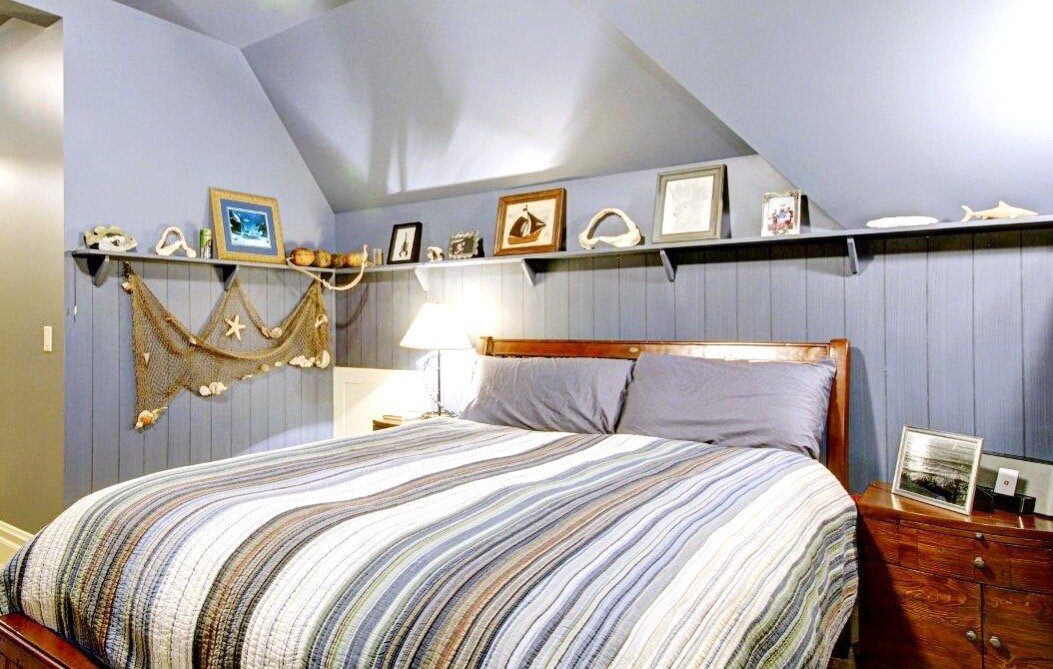Designing Dream Homes (and Better Relationships)
The Foundation of our Design Philosophy
Each designer is uniquely inspired by a particular theory or practice in the infancy of their careers. For me, over a quarter-century later, I remain heavily influenced by noted British-American architect and design theorist, Christopher Alexander, current emeritus professor at the University of California, Berkeley. His theories about the nature of human-centered design have affected fields beyond architecture, including urban design, software and sociology.
A Pattern Language by Christopher Alexander is renowned for providing simple, conveniently formatted, humanist solutions to complex design problems ranging in scale from urban planning through to interior design.
I was introduced to Christopher Alexander’s Pattern Language while working with an architect who studied under him. It was the design equivalent of the Bible at the time —thick and minimally illustrated, with a specialized system of numerical classification and a studiously typographic cover. As a design enthusiast, you may have a copy; the 44-year-old book is parked at the top of Amazon’s Architectural Criticism bestsellers list.
Alexander outlines a specific design language, a pattern language, derived from timeless entities called patterns. "All 253 patterns together form a language." Patterns describe a problem and then offer a solution. By fitting a series of those choices — the patterns — together, you get a room, a house, a neighbourhood and eventually a city.
“A Pattern Language” is not about architecture, but about how specific design choices can help us build better relationships.
So which patterns are solving relational problems in our client’s homes? These are some common ones:
Pattern #136: Couple’s Realm
The presence of children in a family can affect the privacy and intimacy that partners require. There should be a place distinct from the common areas and children’s areas where the couple can be together in private.
Pattern #139: Farmhouse Kitchen
The kitchen in days gone by was isolated from the family areas and considered a work area, not to be seen. The kitchen should be part of the common area of the house where family and guests gather and socialize. The kitchen should include an eating area with comfortable seating with lots of natural light.
Pattern #141: A Room of One’s Own
While we all enjoy our time with others, it is important to have a place of our own where we can be alone. This may be a bedroom or for younger children even a small play space to keep their possessions.
A Pattern Language has the power to change the way you see the world and heighten the beauty of your little corner of it. The book is loved and adored for its elegance and simplicity, but also for its ability to improve our lives by making our spaces more welcoming, comfortable, and livable. But ultimately, it allows my team to optimize how clients feel in their homes. Afterall, life is hard enough – let’s reduce rough edges where we can and cultivate beautiful harmony.



